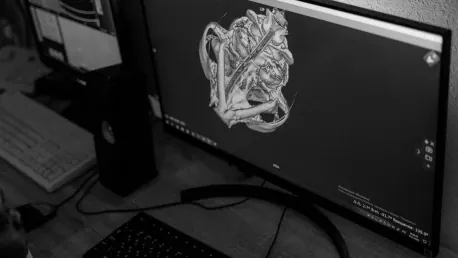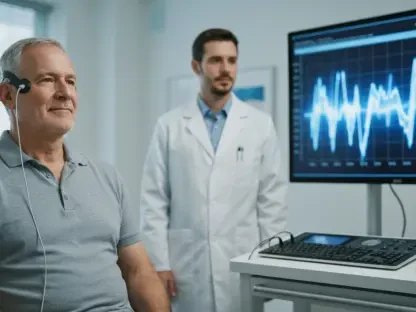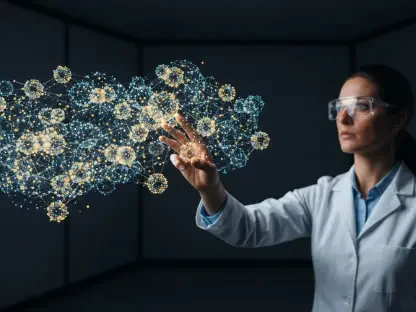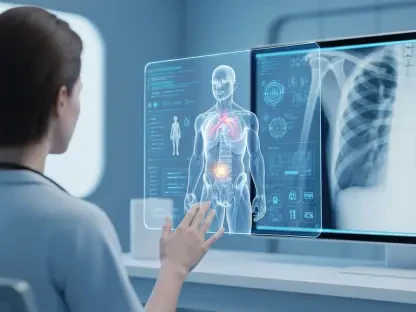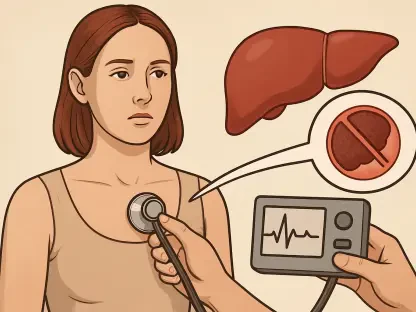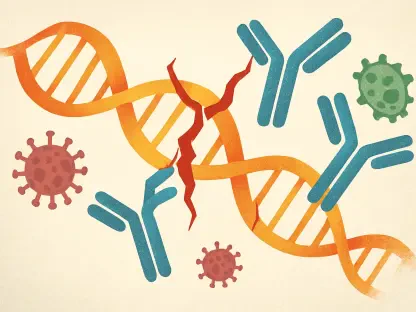In a revolutionary breakthrough, researchers at Karolinska Institutet and Karolinska University Hospital have developed an innovative microscopy technique called TRISCO, which allows for intricate three-dimensional (3D) RNA analysis at cellular resolution in whole, intact mouse brains. This cutting-edge method, detailed in a study published in Science, significantly advances the ability to integrate RNA data with its spatial context within 3D tissue volumes, a persistent challenge in the field of RNA analysis. Prior to this technology, examining RNA in such a detailed manner necessitated the slicing of the brain into thin sections; TRISCO eliminates this requirement, enabling comprehensive and undisturbed imaging of the brain’s intricate anatomical structure.
Advancing Brain RNA Analysis
Enhancing RNA Investigation
The introduction of TRISCO has already demonstrated the capability of analyzing up to three RNA molecules concurrently. The follow-up aim for researchers is to expand this capacity to approximately a hundred RNA molecules through sophisticated multiplex RNA analysis. This anticipated enhancement promises to deliver even more profound insights into brain functions and the pathological states of various diseases. If realized, this progression could act as a catalyst for developing new treatments for a wide range of brain disorders, pushing the boundaries of neurological research.
By maintaining the brain’s intricate and complex anatomical structure intact, TRISCO presents an unprecedented advantage in visualizing and understanding the spatial distribution of RNA molecules. Traditional methods often disrupt the spatial context by requiring tissue to be sectioned into thin slices. However, with TRISCO’s holistic approach, researchers can retain the natural context of RNA molecules in the brain, providing a clearer and more accurate picture of cellular interactions and processes within the brain. This significant leap forward lays a foundation for future discoveries in how various RNA molecules contribute to brain function and disease.
Implications for Broader Applications
The implications of TRISCO extend beyond the scope of mouse brain studies. This pioneering technique has shown potential applicability to larger brains, such as those of guinea pigs, and can also be adapted for other tissues, including kidneys, hearts, and lungs. This versatility underscores TRISCO’s potential to revolutionize a wide range of biomedical fields. The technique represents a collaborative triumph between Karolinska Institutet and Karolinska University Hospital, highlighting the critical role of interdisciplinary cooperation in propelling scientific and medical understanding forward.
Beyond just providing a new way to study the brain, TRISCO fosters a collaborative spirit that bridges the gap between basic researchers and clinicians. This bridge enables combined efforts to produce innovative methodologies that can drive the future of medical research. The success of TRISCO is a testament to the importance of such partnerships, as the combined expertise from different specialties contributes to the development of robust and effective research tools that have tangible impacts on understanding and treating diseases.
Financial and Institutional Support
Funding and Collaboration
The development and success of the TRISCO method were fueled by substantial financial support from several notable institutions. Funding from the Swedish Research Council, Swedish Brain Foundation, and Swedish Cancer Society played a critical role in propelling this research forward. These funds ensured that the researchers had the necessary resources to conduct their groundbreaking work, enabling them to push the boundaries of what is possible in RNA analysis and explore new frontiers in brain research.
Additionally, the involvement of co-authors affiliated with the Danish company Gubra was instrumental in advancing the TRISCO project. Collaborations such as these underscore the significance of international and cross-sector partnerships. By pooling knowledge, expertise, and resources, researchers from academic institutions and the private sector can jointly contribute to major advancements in science and technology. It is noteworthy that no other conflicts of interest were reported, suggesting a high degree of integrity in the reported findings.
Future Prospects
Researchers at Karolinska Institutet and Karolinska University Hospital have made a groundbreaking advancement with the development of an innovative microscopy technique known as TRISCO. This new method permits detailed three-dimensional (3D) RNA analysis at cellular resolution in entire, intact mouse brains. Published in the journal Science, this revolutionary technique enhances the capability to integrate RNA data with its spatial context within 3D tissue volumes, addressing a longstanding challenge in the field of RNA analysis. Before TRISCO, detailed RNA examination required slicing the brain into thin sections, which could disrupt the anatomical structure. However, TRISCO removes this need, allowing for comprehensive, undisturbed imaging of the brain’s complex anatomical features. This technology provides unprecedented insight into RNA’s spatial organization within 3D tissue, offering a significant leap forward in neurobiological research and potentially paving the way for new discoveries related to brain function and diseases.
